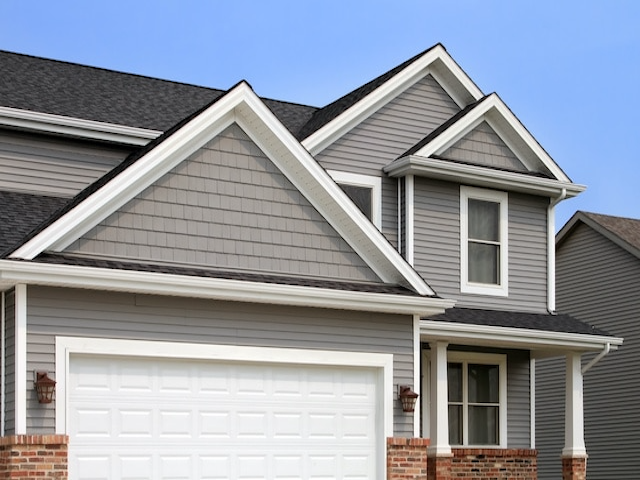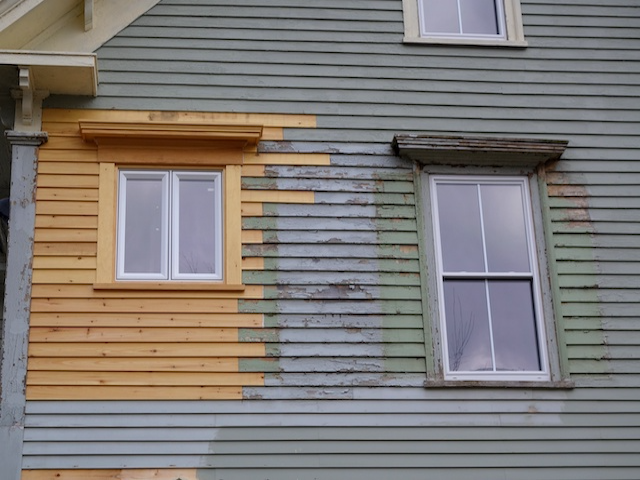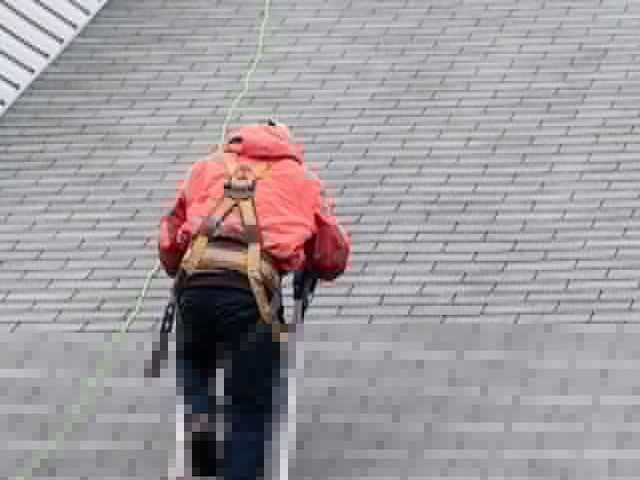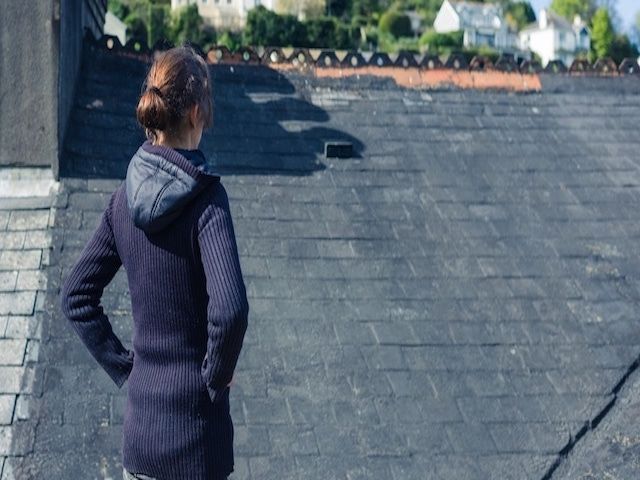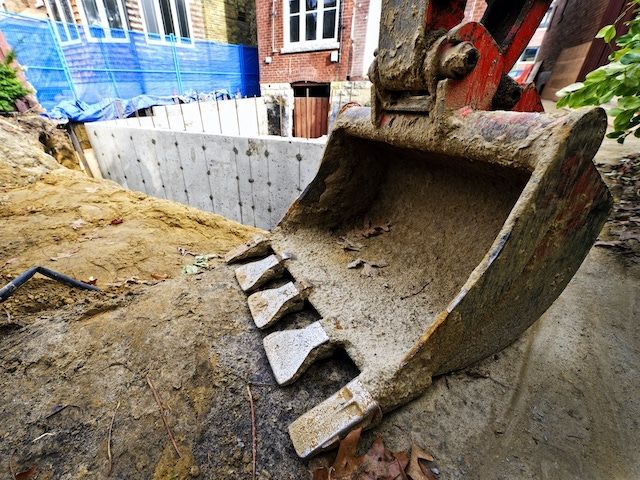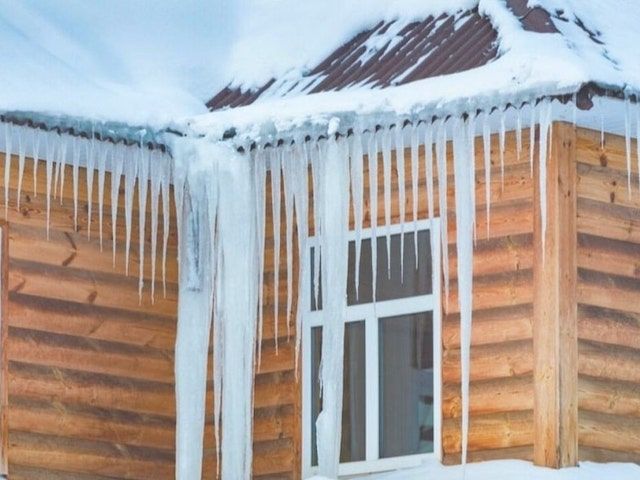Types of Siding for Homes
When choosing external siding for your home, you have a wide variety of options available to you. The many types of siding on the market have their own benefits that will appeal to different people; there are no wrong choices here.
Below we will be going over some of the most popular types of siding. There are 3 main aspects of siding that we will be covering for each of the types being discussed today:
- Functionality
- Pricing
- Maintenance
You may be wondering why we are not using appearance (beauty and/or curb appeal) to evaluate siding types. Certainly, appearance is a major consideration for your siding selection. However, we also know that beauty is in the eye of the beholder, so it seems to be more subjective than we would care to tackle in this blog.
In addition, the style of a house can impact what siding might look best. Indeed, there is more to choosing siding for your home other than what looks best. Let’s start with one of the most popular siding types.
Vinyl – Vinyl siding is quickly overtaking wood as the most popular types of siding for homes. There is a very good reason why vinyl has become widely popular. It checks many of the boxes that most people are looking for in siding including a wide range of colors and styles that even mimic the look of wood.
Vinyl is affordable, easy to install, easy to repair, it is durable, and you do not need to bother with painting it. Vinyl is incredibly practical in that it protects your home while being mostly hands-off in terms of maintaining it. Vinyl siding is made up of individual pieces that are joined together. This means that if one is chipped, all that needs to be done is have that piece replaced.
Vinyl is also easy to clean; dirt, grass, and mud will slide right off with a quick hose down. If you are one who wants “set and forget” types of siding, then this may be the choice for you.
Overall, vinyl is an excellent default choice for choosing a siding material for your home.
Aluminum – This is yet another highly popular option. Like vinyl, aluminum siding is both affordable and functional, but there are differences that bring its own unique benefits.
Aluminum siding is just one of the multiple types of siding made from metal and it is one of the cheaper options while bringing the benefits of metal material. One of the key advantages of metal siding, in general, is the insulation capabilities. Metal keeps warm and cold air inside exceptionally well, saving you money on your energy bills.
In addition, aluminum is durable and is made from recycled materials. You are helping the environment and saving yourself money by choosing to go with aluminum siding for your next installation!
Wood – If you are looking for something stylish, wood siding will give your home a unique character. It is also considered to be the most traditional types of siding for homes. While it may be the naturalistic appearance that resonates with homeowners, it can also be the varied styles to choose from.
Wood siding types include Board and Batten, Shingles (or Shakes), Clapboards, Vertical Boards, and Logs. Regardless of your style choice, there is almost nothing better than a well-maintained wood siding to complement the rest of a home’s attributes.
Wood siding is eco-friendly, durable, and it can be painted to showcase your desired appearance. One thing to note, however, is that the various wood siding types will require maintenance. Without keeping an eye on things, you may experience rot, termites, or even woodpeckers banging holes into your home. This is just the nature of using 100% real wood. It is very rewarding overall if you don’t mind the moderate maintenance it demands.
It is also worth noting that wood siding isn’t cheap. In fact, it is one of the more expensive types of siding. However, you could consider it as an investment. It is likely the value of your home will be higher overall than if you use vinyl siding. A well-maintained home with wood siding can sometimes command a higher price in the long run, and definitely worth considering.
Fiber Cement – Let’s say you want the appearance of wood siding, but some of the drawbacks just aren’t for you. Luckily, you are covered because fiber cement siding is a perfect substitute. Fiber cement boards are a mix of cement, clay, sand, and wood fibers. It can be molded into a variety of shapes and appearances making it a versatile choice no matter what look you want to achieve.
Fiber cement siding is very durable and will hold up against the natural elements. It is also fire resistant unlike wood siding; taking away that worry if it is on your mind. But unlike wood siding, fiber cement is low maintenance, which means that you may end up spending quite a bit less money on repairs.
One aspect that fiber cement does share with wood is a similar cost. Fiber cement is one of the more expensive options when shopping for siding, but also like wood siding, it can be a worthy investment if you are planning to sell your home in the future.
Brick – One of the most highly desired types of siding materials is Brick. It is unique, provides gorgeous aesthetics, is traditional, extremely durable, low maintenance, and Eco friendly. It has been used by civilization as far back as 7000 BC and is still used heavily to this day. Even after all these years it hasn’t lost its appeal! It’s an option you definitely cannot go wrong with as there isn’t a whole lot wrong with it.
Color options may seem more limited compared to other types of siding, but if you look closely there are many slight variances. Either way what brick provides makes up for it with its unique, head-turning design. Brick is also known to last a lifetime and is resistant to fire and impact from debris.
As for the price. It is the costliest type of siding we have reviewed, but the benefits may end up making the investment worthwhile to you. Generally, people love brick siding for its classic looks and that often translates into an easier sell and increased sales prices.
What Types of Siding Do You Want Installed?
If you need siding repairs or you want to look into having a new type of siding installed call the expert siding contractor at Ace Construction & Remodeling! We provide the best service to our customers in east-central Indiana.
You can request a quote or give us a call: 765-644-6030, 765-282-6030 or 877-644-6030.
